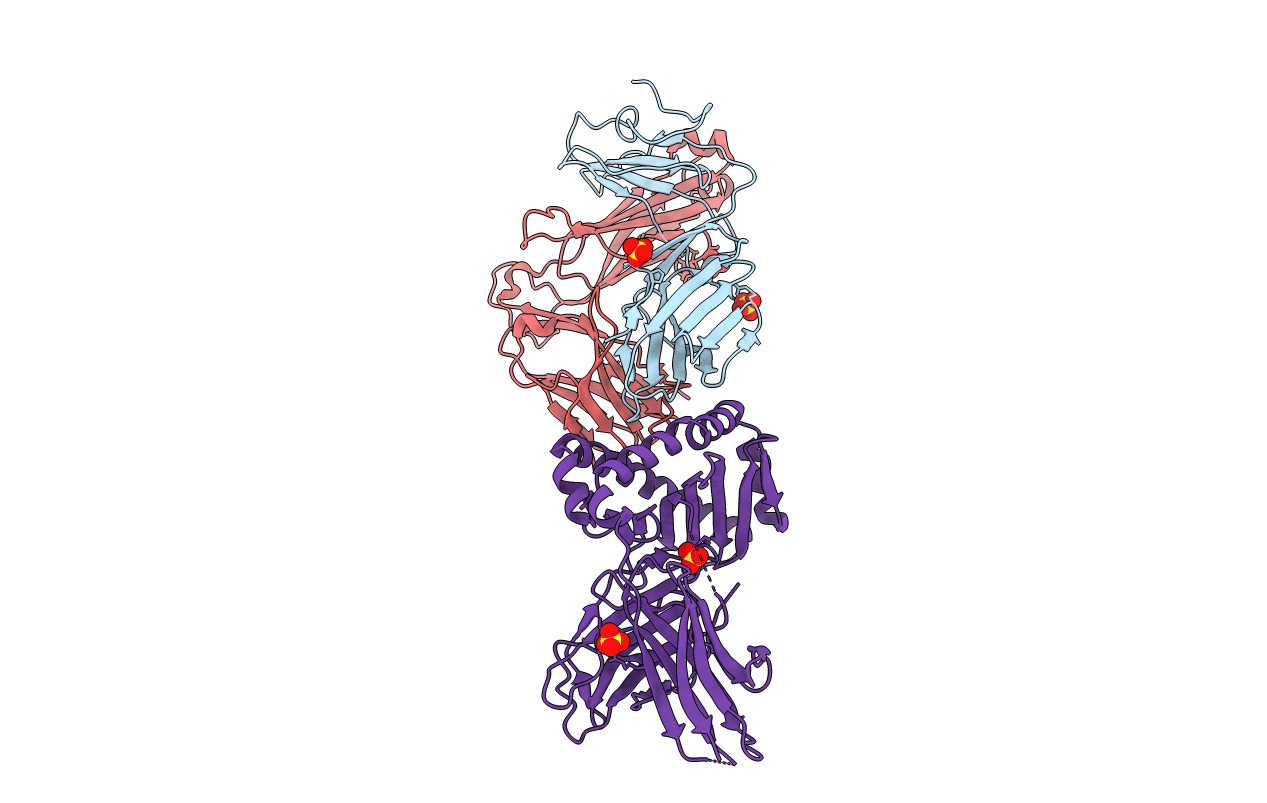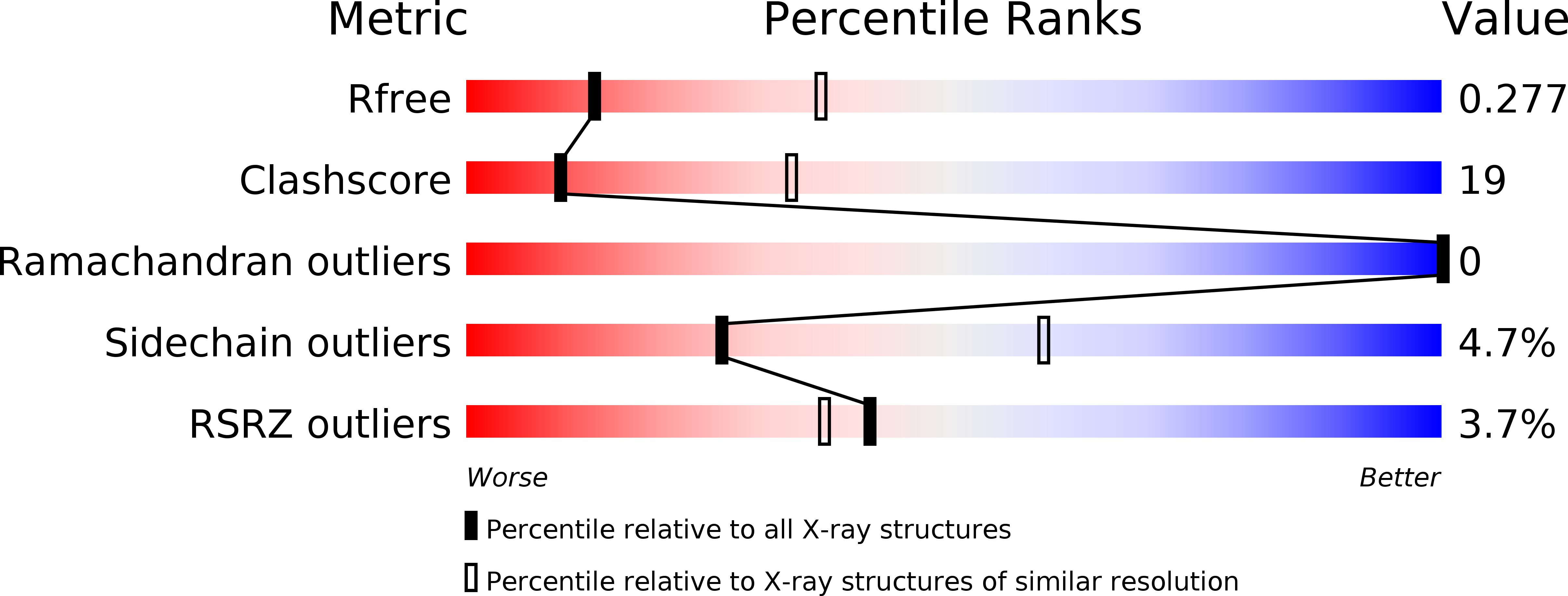
Deposition Date
2013-06-17
Release Date
2013-10-16
Last Version Date
2025-03-26
Entry Detail
PDB ID:
4L8S
Keywords:
Title:
Crystal structure of a human Valpha7.2/Vbeta13.3 MAIT TCR in complex with bovine MR1
Biological Source:
Source Organism:
Homo sapiens (Taxon ID: 9606)
Bos taurus (Taxon ID: 9913)
Bos taurus (Taxon ID: 9913)
Host Organism:
Method Details:
Experimental Method:
Resolution:
2.90 Å
R-Value Free:
0.27
R-Value Work:
0.22
R-Value Observed:
0.23
Space Group:
P 21 21 21


